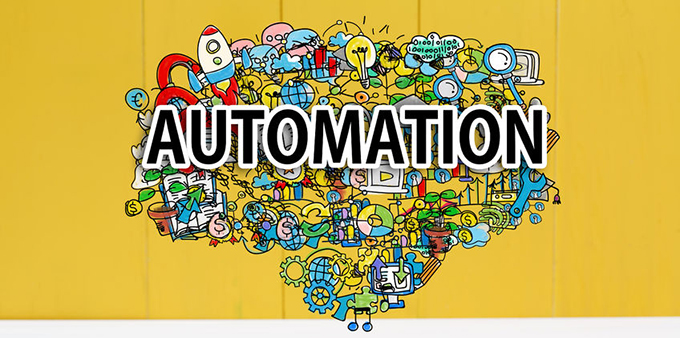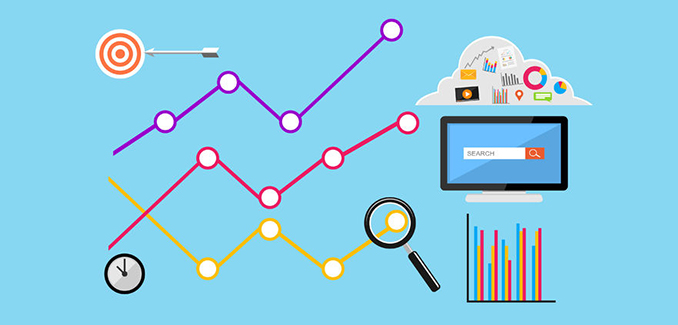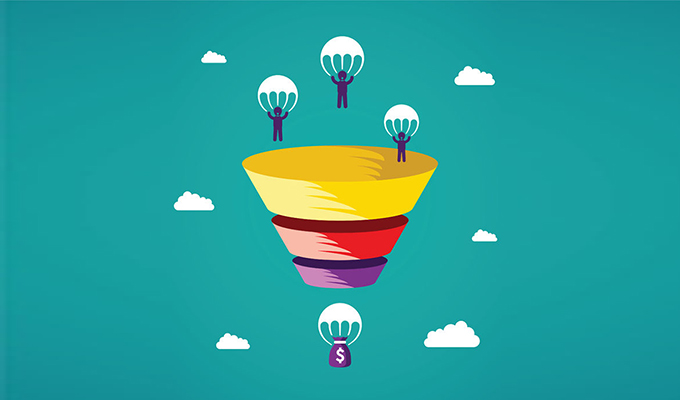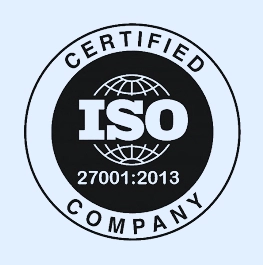Every basic marketing plan begins with the identification of the the target audience, its needs, behavior, and where you cross paths. The goal is to tailor the message as well as the media that deliver it to such audience.
Another goal that stems from the marketing strategy is to close the gap between the current customer experience and the optimized one.
Most of the times the solution will be specific by attempting to identify the problematic crossroads that disturb the customer’s journey in order to direct him to the right route.
Why businesses choose to add marketing automation:
Unlike traditional digital marketing methods, the automation process provides data that accurately reflects who your customer is, what his /her needs are (personalization) as well as allow you to fix the problematic crossroads as you go.
This is a significant difference and the reason why more and more companies no longer treat the automation system as the second fiddle to the marketing plan, but as the main tool that will improve the marketing strategy and allow its implementation.
Building an automatic process redefines the term “Mapping the Customer Journey”. One should not confuse the term with the term Marketing Funnel, nor does it replaces it, but works alongside it.

So far these are just the headers, so let’s step in and understand how this actually works.
What is a Customer Journey Map?
The creation of an automatic process through an automation system like Smoove will allow you to pre-define the journey and the different crossroads your customer crosses according to the objective of the process (customer nurturing, maintenance, collection, reminders, sales etc’), and to define a relevant scenario for each crossroad. The goal is to guide the customer through the journey that leads to the final destination, as previously defined.
The Customer Journey is like a storyboard that tells the story of the customer’s experience from the very first stage of the journey up to “and he lived happily ever after”.
The map can focus on a very specific section of the customer’s experience or describe it as a whole. It doesn’t matter. What matters is the identification of our interactions with the customer throughout the journey.
The Customer Journey Map will describe the customer’s feelings, second thoughts, and motivation in each such interaction. At times it will illustrate the customer’s greatest motivation: what he wishes to get out of the company/business or what his expectations are .
Understanding the conjunction points between you and the customer will help you focus your efforts with the aim to reach a desirable outcome, but most importantly – will allow you to focus your work on the automation system.

This is how smoove helped out DNA, an international conference company:
DNA, a company that organizes conferences for expecting mothers, identified a problem in the customer’s experience on the day of the event. Customers are supposed to register in order to receive a ticket, which at times created long lines at the ticketing booth, something that was very unpleasant especially to pregnant women.
The identification of the problem led to the creation of a solution via smoove, our automatic system. On the day of the conference, registered customers received a text message that instructed them to send the word “Conference” to a virtual number in order to automatically get a ticket through the smartphone. Those who have yet to register were notified by a large sign at the entrance to fill out a short form afterwhich the virtual ticket was sent to them.
As promised, the process did not stop here. The system’s reports showed the number of registered customers and the number of those who attended the conference.
A large gap between these two numbers would be a crossroad that the marketing managers would have to face. Understanding what causes such gap will help minimize it next time. If, for example, we identify that the gap was due to the lack of reminders or any other form of communication from the moment of registration to the day of the conference, an automatic solution would be the submission of a letter at another time between these two dates.
Understanding the cause came from thinking about the customer’s behavior, and once again we are back at the main goal of mapping the Customer Journey.
The successful process led to DNA switching its digital marketing strategies into automation marketing strategies in 2017.
What are marketing trends saying about marketing automation:
In general, a 2016 survey that was conducted amongst marketing managers revealed that they intend to invest 40% more in automated processes in 2017.
In the digital field, the first point of interaction between you and your customer is the device, through which the client meets you for the first time. Today most of the digital activity is done through mobile phones, as well as computers and traditional media like TV.
Each of these media has its own challenges.
Each customer journey map may look different from one another but they all share the same goal: to teach the company/business about its customer.
Mapping the customer journey will show you his intentions, what is blocking him from taking the next step, and how he feels during every interaction with your service or product. Refining these tiny steps, such as what influences a customer’s safety to use the internet for purchases, or when does he/she files a complaint, will turn the mapping process into a highly effective one.
If we zoom in even more, then even a Facebook “like” is a mini-interaction that should be taken under account, and understand its meaning within the journey we’ll create.
Working on the micro will improve your current customer’s experience, while working on the macro will open the door for new ones.

The difference between the Customer Journey and the Marketing Funnel
The marketing funnel is a tool that explains when and how a conversion begins, and how a lead turns into a customer. Customer Journey, on the other hand, helps you understand how the customer behaves at a specific point in time during the purchase process, from the moment of your first interaction.
The marketing funnel is used to track the number of customers during any stage of the customer journey, while the customer journey helps improving the customer/product experience.
The first one is for measuring while the later is for decision making.
They both describe the purchase process but from reverse perspectives.
The Marketing Funnel is internal, closer to the business/organization, focused and purposeful, while the Customer Journey is a reflection of the purchase process from the customer’s point of view.

The Bottom Line
The marketing and sales teams have to examine the customers journeys that they promote, and always refocus and improve. Your company’s interactions (email, documents, media, events, meeting and so forth) together create the customer journey.
The implementation of an automation system as part of the marketing strategy, will allow fixing the campaigns as you go, provide data that helps improve customization, help focus on the customer’s needs, and assist in building a more loyal relationship.
The points of interaction throughout the journey will map the marketing funnel stages, and help understand the problems of each point, which will significantly maximize your conversion rate.
The statistic tools and reports will help you illustrate a more focused profile picture, segment your target audience into lists with shared denominator, but mainly map the journey and improve your interaction points, and implement it all through the automation system – smoove.
